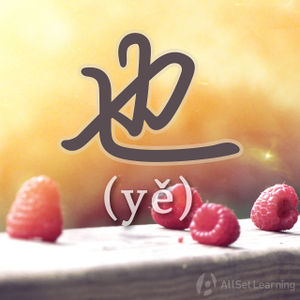Difference between revisions of "Using "ye" and "dou" together"
| Line 27: | Line 27: | ||
[[Category:A2 grammar points]] | [[Category:A2 grammar points]] | ||
| − | {{Basic Grammar|都|A2|也 + 都 + V /也 + 都 + Adj| | + | {{Basic Grammar|都|A2|也 + 都 + V /也 + 都 + Adj|他们 <em>也 都</em> 是 法国 人。|grammar point|ASG8GSXY}} |
{{Rel char|也}} | {{Rel char|也}} | ||
{{Similar|The all adverb}} | {{Similar|The all adverb}} | ||
Revision as of 03:42, 8 July 2013
-
Level
-
Similar to
-
Used for
-
Keywords
Sometimes you want to say that a group of people have something in common with something else. If this is the case you'll want to use 也 (yě) and 都 (dōu) at the same time. Put 也 first!
Structure
If you're using 也 and 都 in the same sentence, put 也 first:
Subject + 也 + 都 + Verb + Object
Some examples:
- 他们 也 都 是 法国 人。They are also all French people.
- 我们 也 都 喜欢 喝 啤酒。We also all like to drink beer.
- 你们 也 都 是 学生 吗?Are you all students too?



